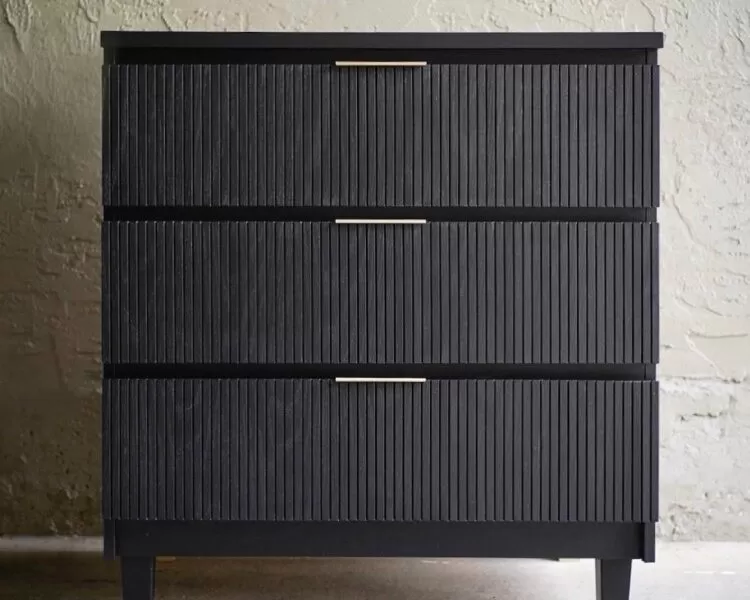I’m very excited to share with you my recent project of lime-washing my bedroom! This was my first time attempting lime-wash, and it was definitely a fun and interesting experience!

What is Lime-Wash Paint?
Lime-wash paint is crushed limestone, mixed with water, and is a technique used to create a beautiful, aged look on your walls. It is a great way to add character, depth and texture to any room and complements various styles of home, from Wabi-Sabi, to Bohemian, to Mediterranean, and lots more.
Tools and Supplies Used
In terms of lime-wash supplies, I got mine from James Alexander. This included a primer, lime-wash paint, densifier and a block brush.
- Lime-wash primer: link.
- Lime-wash paint: link (Paint Color: Argilla Francese).
- Densifier: link.
- Block Brush: link.
- Painter’s Tape: link.
Affiliate disclosure: when a purchase is made through the links above, I may earn a small commission from qualifying purchases on Amazon and other retailers.

Step-by Step Lime-Wash Guide
- Before starting, use painters’ tape to tape off the areas you don’t want to get any paint on.
- After that, start with the primer. Painting the primer is an important step not to be skipped, because it helps to create a smooth and even surface for the lime-wash paint to adhere to which helps increase the durability and longevity of the lime-wash paint.
If you apply lime-wash directly on unprimed walls, it may result in uneven paint absorption, leading to blotchy or patchy areas. If you apply a primer not made for lime-wash paint, it may cause paint adhesion and durability problems. The primer from James Alexander is specially formulated for lime-wash paint. Apply it evenly and let it dry completely before moving on to the next step. - Now, for the lime-wash paint. To achieve the beautiful lime-wash look, use a block brush and a cross hatch technique. The block brush helps to give a beautiful texture and finish because the wide bristle design allows for smooth strokes and even paint distribution. The cross-hatch technique helps to distribute the paint more evenly and reduces the appearance of streaks or blotches. Apply the lime-wash paint in vertical strokes and then going over the painted area to blend it out more.
I also found that using a drier brush helped me to achieve a more blended look, versus getting a more blotchy look when the paint was more watery.
When working with lime-wash, it’s important to remember that the paint will become lighter when it dries. So don’t worry when you see that the color initially looks darker than you expected.
Lime-wash is all about layering, so apply the lime-wash paint in thin, even layers, building up the color gradually. This allows for better control over the paint application and reduces blotchiness
After each coat, make sure to allow it to dry completely before applying the next coat. In total, I did about 2 coats, before doing a final coat with added densifier.
Note: applying the lime-wash is going to be a total upper body workout, so be prepared and know that you can definitely skip the gym for the next couple of days! - For the final coat of lime-wash, add in a little densifier to the paint, making sure to mix evenly before painting the walls. The densifier is basically a solution that helps seal the lime-wash and adds additional layer of protection and makes the walls easier to clean.

The Results
And here are the results! In total, this project took about 3 days from start to finish.
It took some hard work, was a total workout, but the results are so worth it.




Video Tutorial
See below for a video tutorial!




Leave a Reply
You must be logged in to post a comment.